Introduction
If you’ve ever been to a hospital, clinic, or even a simple pharmacy, you’ve interacted with medical devices. From a basic thermometer checking your fever to a high-tech MRI scanner mapping the brain, these devices are everywhere. But have you ever stopped to think about how vital they really are? Without them, doctors would struggle to diagnose, treat, or even save lives effectively.
Medical devices are the backbone of modern healthcare. They come in various forms — diagnostic, monitoring, therapeutic, surgical, and life-supporting. Each has a unique role in ensuring patients receive accurate, safe, and timely care. In this article, we’ll explore a comprehensive list of medical devices, their categories, and their importance in healthcare today and in the future.
Categories of Medical Devices
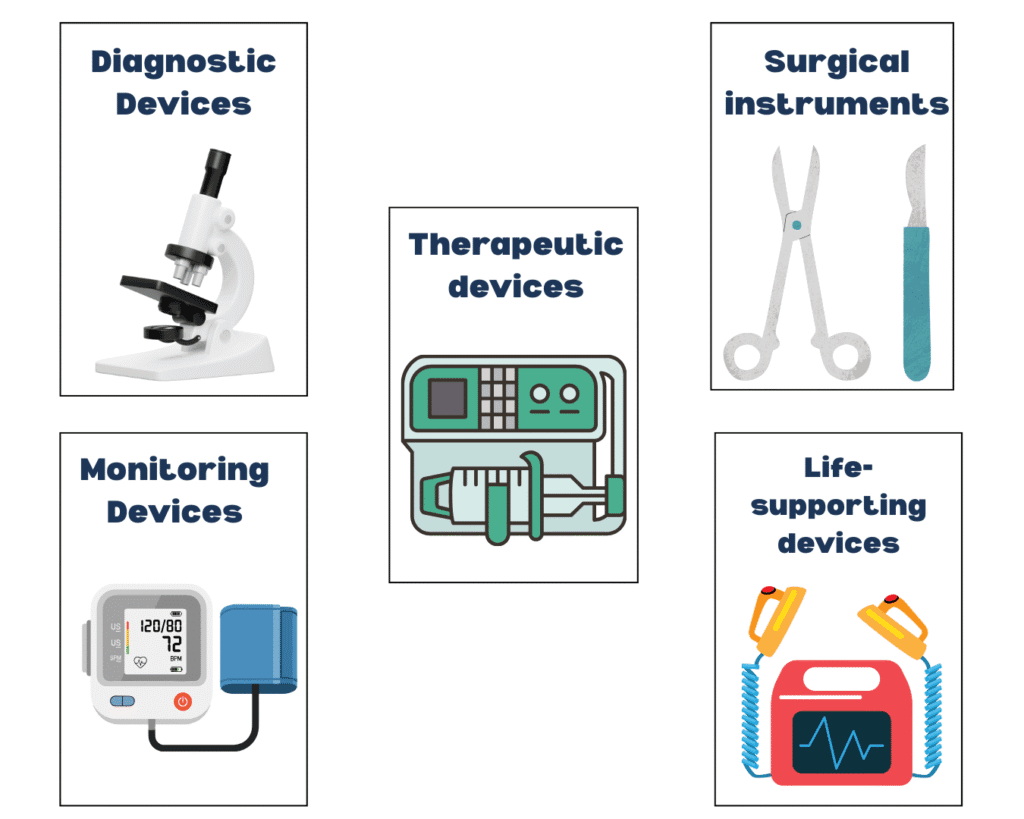
Medical devices can be broadly grouped into five categories, each serving a specific purpose:
- Diagnostic devices – Help detect health conditions and diseases.
- Therapeutic devices – Provide treatment or aid in recovery.
- Monitoring devices – Track health over time.
- Surgical instruments – Essential for performing operations.
- Life-supporting devices – Keep patients alive in critical conditions.
By breaking them down, we can better appreciate how each category plays a role in keeping healthcare systems running smoothly.
Diagnostic Medical Devices
Diagnosis is often the first step in healthcare, and devices in this category help doctors figure out what’s wrong.
Imaging Devices
- X-Ray Machines – Commonly used to check for fractures, infections, or chest problems.
- MRI Scanners – Provide detailed images of soft tissues, making them invaluable for brain and spinal cord scans.
- CT Scanners – Offer cross-sectional images, useful for detecting cancers, internal injuries, and blood clots.
- Ultrasound Machines – While often associated with pregnancy, they’re also vital for imaging organs like the liver and kidneys.
Laboratory Devices
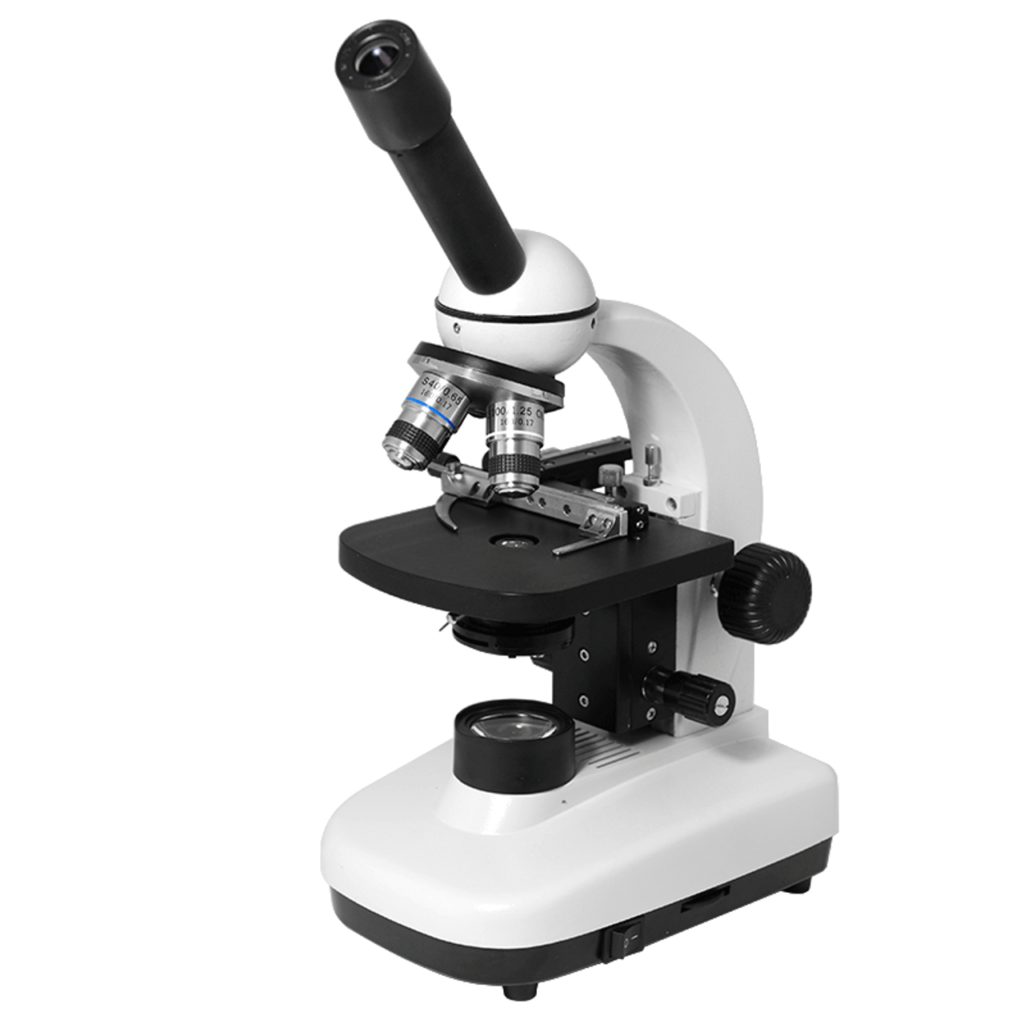
- Blood Analyzers – Measure blood sugar, cholesterol, and complete blood counts.
- Microscopes – Allow close examination of tissues, bacteria, and parasites.
- PCR Machines – Famous during the COVID-19 pandemic, these devices detect viruses and genetic material.
Diagnostic devices are like detectives; they uncover hidden problems so that doctors can act quickly and effectively.
Monitoring Medical Devices
Once a diagnosis is made, continuous monitoring ensures patients remain stable.
Patient Monitoring Systems
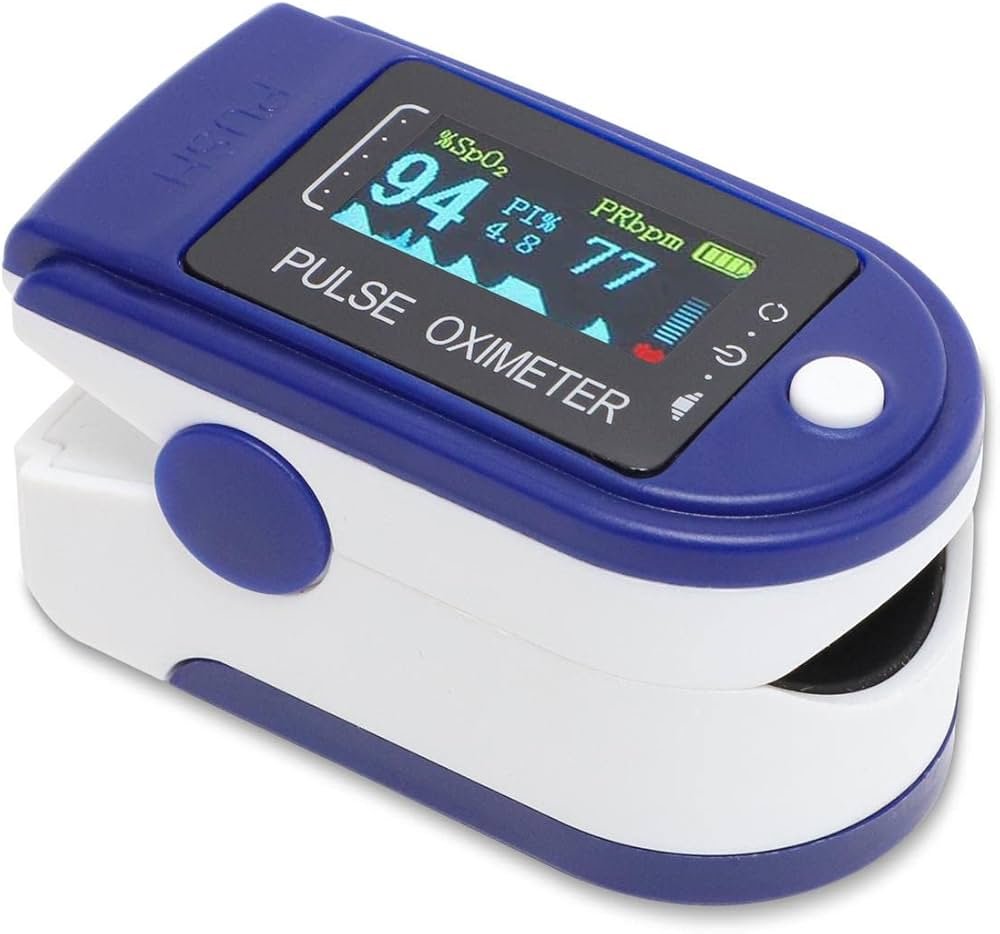
- ECG Monitors – Track heart rhythms, helping doctors detect arrhythmias.
- Blood Pressure Monitors – Record blood pressure trends, crucial for managing hypertension.
- Pulse Oximeters – Small finger-clip devices that measure oxygen saturation in the blood.
Wearable Devices
Technology has made health monitoring more personal.
- Smartwatches – Modern wearables track steps, sleep, heart rate, and even ECG.
- Continuous Glucose Monitors (CGMs) – Provide real-time blood sugar readings, especially helpful for diabetics.
Monitoring devices act like guardians, constantly watching over patients and alerting caregivers when something goes wrong.
Therapeutic Medical Devices
Treatment often requires devices that deliver medication or support rehabilitation.
Drug Delivery Systems
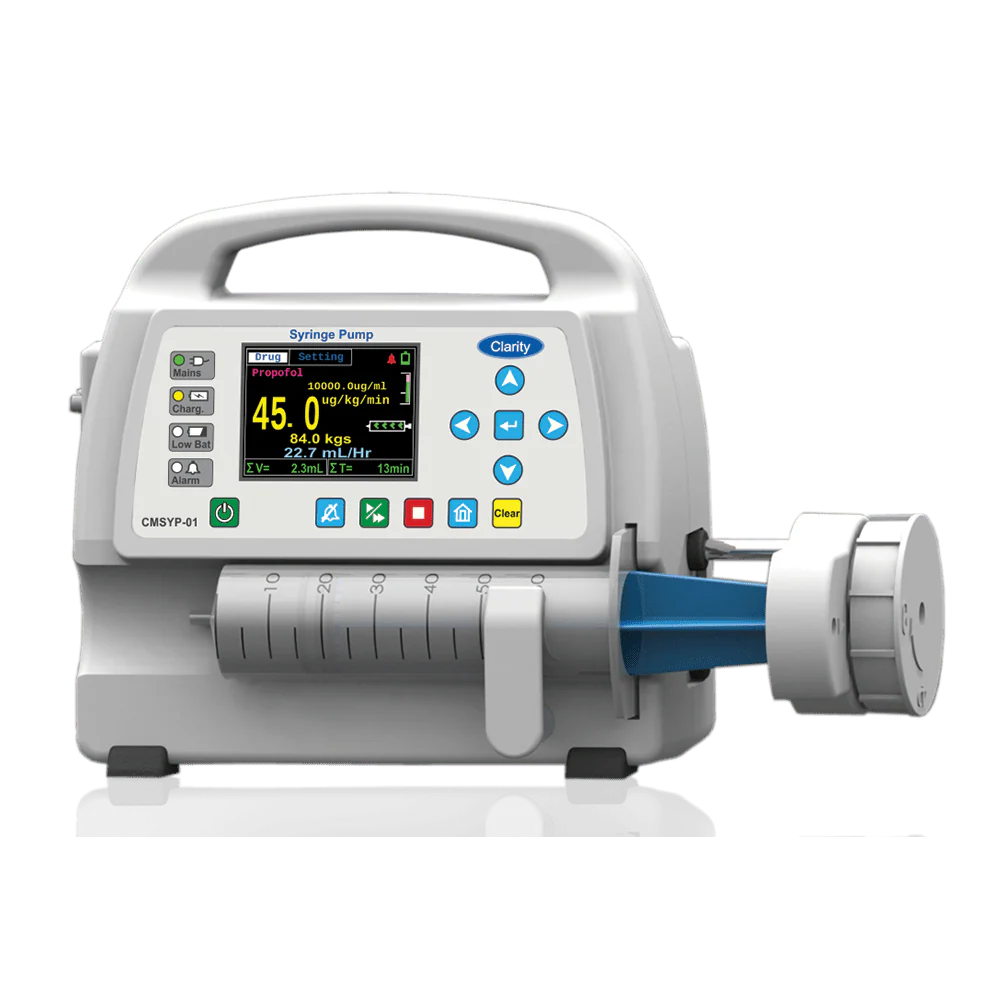
- Infusion Pumps – Deliver precise doses of medication directly into veins.
- Insulin Pens – Enable diabetics to administer insulin conveniently.
Physical Therapy Devices
- TENS Units – Portable devices that relieve pain using mild electrical currents.
- Ultrasound Therapy Machines – Promote muscle recovery and manage chronic pain.
These devices don’t just treat illnesses — they improve quality of life and speed up recovery.
Surgical Instruments and Devices
Surgeries, whether routine or complex, wouldn’t be possible without specialized instruments.
General Surgical Instruments
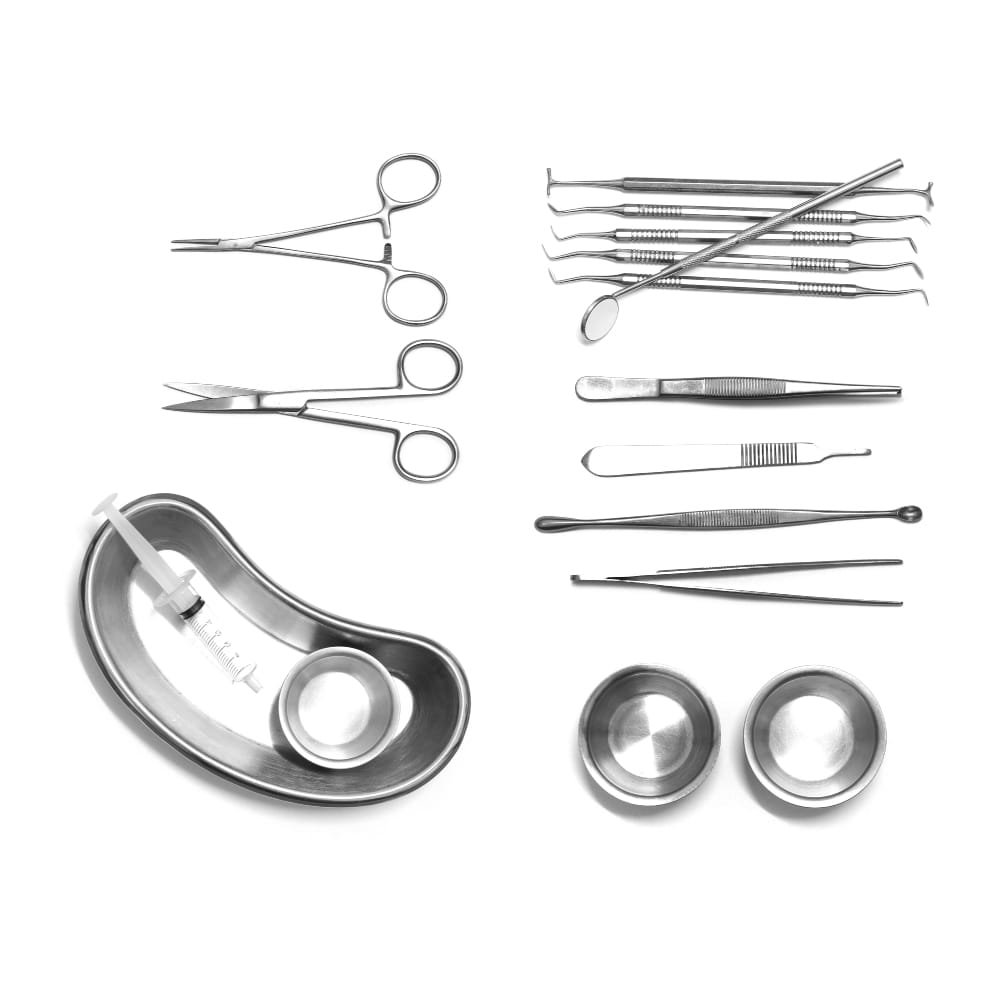
- Scalpels – Sharp blades for precise cuts.
- Forceps – Grip tissues or objects during operations.
- Surgical Scissors – Used to cut tissues or sutures.
Advanced Surgical Devices
- Laparoscopic Tools – Enable minimally invasive surgeries, reducing patient recovery time.
- Robotic Surgery Systems – Give surgeons enhanced precision and control during complex operations.
Think of surgical devices as the artist’s tools — without them, even the most skilled surgeon couldn’t perform their craft.
Life-Supporting Medical Devices
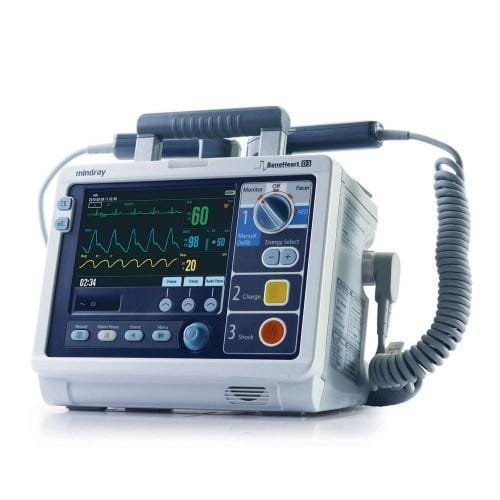
In critical care, these devices literally keep patients alive.
- Ventilators – Assist patients who cannot breathe on their own.
- Dialysis Machines – Filter waste from the blood when the kidneys fail.
- Defibrillators – Shock the heart back into a normal rhythm during cardiac arrest.
Life-supporting devices are the last line of defense in emergencies, often making the difference between life and death.
Home Healthcare Medical Devices
Not all devices are confined to hospitals. Many are designed for home use, empowering patients to manage their health independently.
- Thermometers – A household essential for checking fevers.
- Glucometers – Help diabetics monitor blood sugar levels daily.
- Nebulizers – Deliver medication directly to the lungs, commonly used for asthma patients.
- Blood Pressure Kits – Allow people to track hypertension at home.
Home medical devices bring healthcare closer, saving time, money, and unnecessary hospital visits.
Emerging and Innovative Medical Devices
Healthcare technology is advancing at lightning speed. Some of the most exciting innovations include:
- AI-Powered Diagnostic Tools – Machines that interpret X-rays and scans faster than human radiologists.
- Telemedicine Devices – Equipment that connects patients with doctors remotely, perfect for rural areas.
- 3D-Printed Prosthetics – Custom-made artificial limbs that are more affordable and accessible than traditional ones.
These innovations are reshaping healthcare, making it smarter, more efficient, and more patient-centered.
Importance of Medical Devices in Daily Healthcare
Why are medical devices indispensable? Let’s break it down:
- Early Detection – Devices like mammogram machines catch diseases before they worsen.
- Patient Safety – Monitoring devices alert caregivers to emergencies in real-time.
- Reduced Costs – Home-use devices minimize unnecessary hospital admissions.
- Better Outcomes – The right devices ensure faster diagnoses and more effective treatments.
In short, medical devices don’t just save lives — they make healthcare more efficient and accessible.
Challenges and Regulations in Medical Devices
Despite their benefits, medical devices face challenges:
- Safety Standards – Devices must undergo rigorous testing to ensure they don’t harm patients.
- Regulatory Approvals – Agencies like the FDA in the U.S. or CE in Europe enforce strict guidelines.
- Ethical Considerations – With AI-powered devices, privacy and data security are major concerns.
- Affordability – Advanced devices are often expensive, limiting access in low-income regions.
Balancing innovation, safety, and affordability remains a constant challenge in the medical device industry.
Conclusion
From simple thermometers to cutting-edge robotic surgery systems, medical devices are essential to modern healthcare. They diagnose, monitor, treat, and save lives daily. As technology evolves, these devices will only become more intelligent, affordable, and widely available. Whether in hospitals, clinics, or homes, medical devices ensure that healthcare remains effective, efficient, and life-saving.
The next time you see a thermometer or a high-tech MRI machine, remember: each device, no matter how small or advanced, plays a vital role in keeping humanity healthy.
FAQs
1. What is the most commonly used medical device?
The thermometer remains one of the most widely used medical devices worldwide.
2. How are medical devices regulated?
Medical devices undergo strict testing and approval from organizations like the FDA (U.S.) or CE (Europe).
3. Can patients buy medical devices without a prescription?
Yes, some devices like glucometers or thermometers can be bought freely, while advanced ones require prescriptions.
4. What’s the difference between diagnostic and therapeutic devices?
Diagnostic devices identify diseases, while therapeutic devices treat or manage them.
5. How will AI impact medical devices in the future?
AI will make devices smarter, faster, and more accurate, revolutionizing diagnosis and treatment.
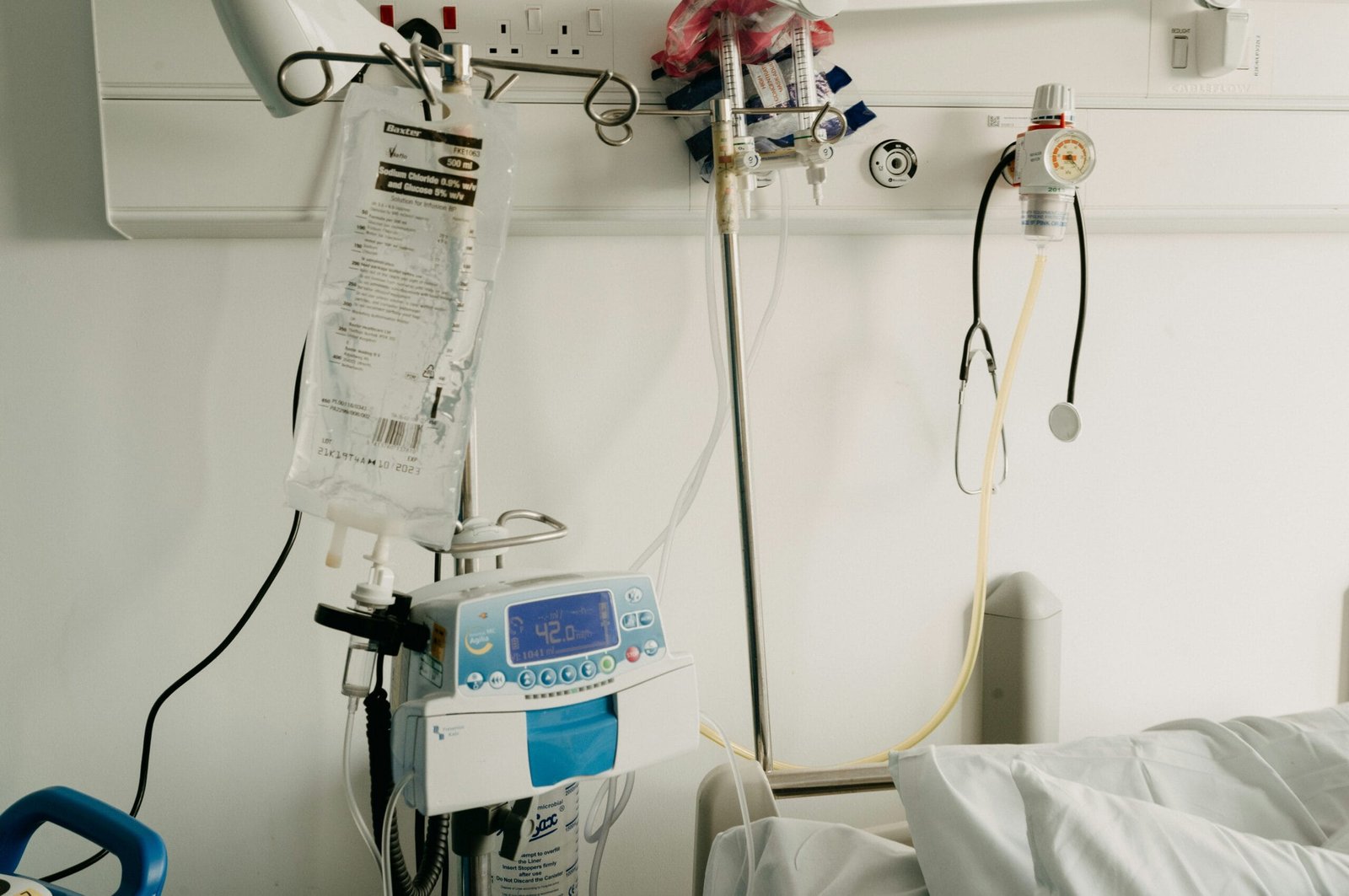


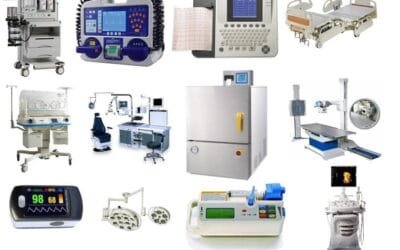
0 Comments